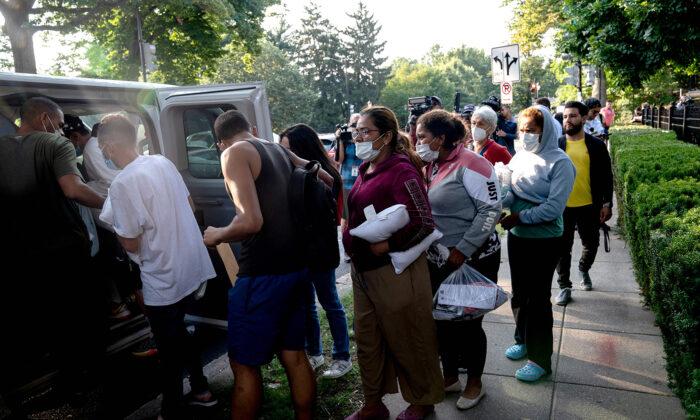The U.S. Geological Survey (USGS) reported that a 4.2 magnitude earthquake rattled Kansas on Friday, Aug. 16.
According to local news outlets, damage was reported in some areas near the epicenter.
Hutchinson resident Alice Hinnen told KWCH that items fell from her shelves.
She said it was the strongest quake she has ever felt while living in Kansas. Hinnen added that she also felt an aftershock.
Jake Goertz, of South Hutchinson, tweeted: “Earthquake lasted a good 20 seconds here. I have felt four aftershocks.”
“Our office building in Hutchinson experienced a loud boom like an explosion followed by about 2 seconds of fairly strong shaking,” wrote local Bob Colladay.
According to KWCH, a number of people across Kansas and Oklahoma reported feeling the tremor.
“Window fell out on main Street in hutch,” Leslie McGarraugh said.
Quakes East of Rockies Felt More Intensely Than In West
While most of North America east of the Rocky Mountains has infrequent earthquakes, there are hotspots of intense quake activity.“East of the Rockies, an earthquake can be felt over an area more than ten times larger than a similar magnitude earthquake on the west coast,” the USGS says.





